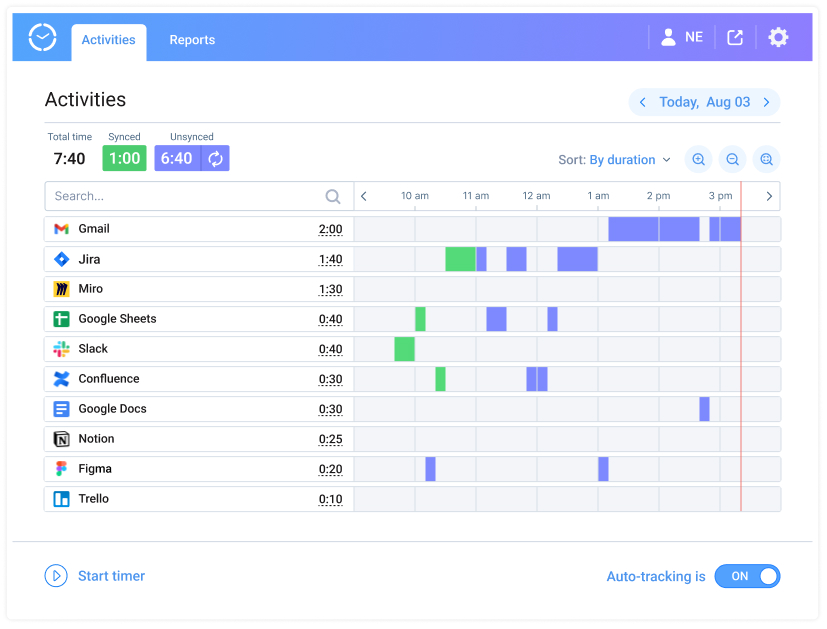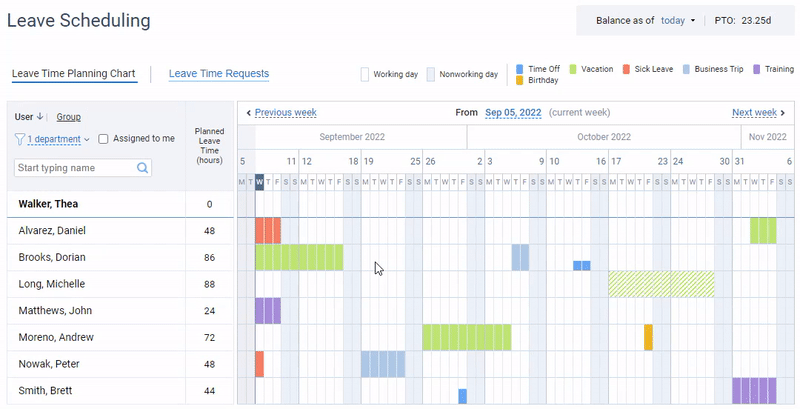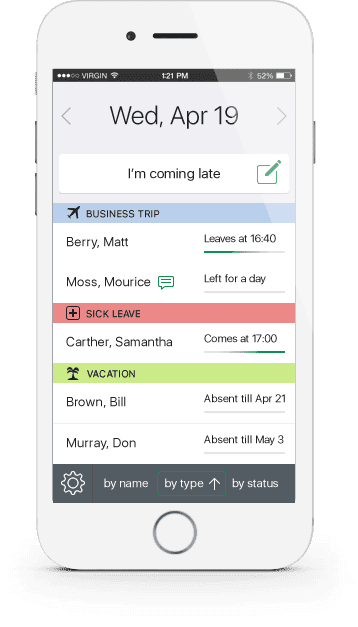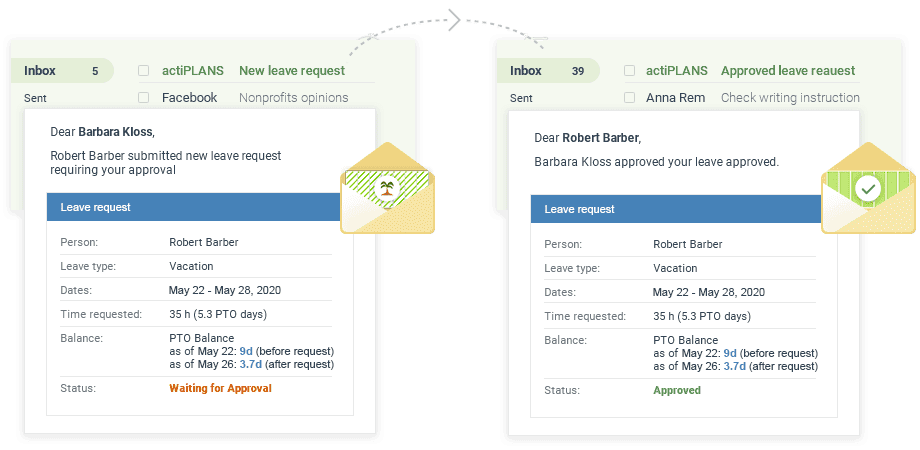Are you feeling a little confused about this whole “first shift” thing? Let’s dive deep into the world of the first shift and give you all the important details you need to know.
Whether you’re a manager looking to maintain smooth business operations or an employee seeking to make the best out of your work schedule, this post is for you – stay tuned!
What Is First Shift About?
The first shift, also known as the morning shift, is a common work schedule in which employees work during the daytime hours, typically starting around 8 or 9 AM and ending in the late afternoon around 4 or 5 PM.
Examples of businesses and jobs where the first shifts prevail are:
- Coffee shops
- Bakeries
- Newspaper delivery
- Post offices
- Small grocery stores
- Daycare providers
- Hotel housekeeping
- Banks
How Does First Shift Compare to Other Shift Types?
Since the first shift takes place during conventional working hours (i.e., 9 to 5), it is best suited for morning larks and those who simply prefer a more traditional schedule because it allows them to maintain a consistent routine and work-life balance. However, other shift types can offer some unique benefits as well.
Second shift
The second shift, also known as the swing shift or the afternoon shift, typically runs from around 2 PM to 10 PM and it often attracts a different crowd of workers. These are people who might prefer sleeping longer or have other obligations to fulfill in the morning. Certain businesses – like high-class restaurants, beauty salons, and gyms – usually have a higher demand for workers during the second shift.
In terms of perks, second-shift workers often enjoy higher pay rates and more flexible schedules than their first-shift counterparts. However, they also deal with some unique challenges. For example, working later hours can take a toll on your sleep schedule and social life. Plus, you might miss out on some of the fun after-work activities that first-shifters get to enjoy.
Third shift
The third shift, also known as the graveyard shift or night shift, is when people work during the overnight hours, typically from 11 PM to 7 AM or something similar.
The third shift is a good option for night owls. It’s also usually paid at a premium rate since it can be tough on your body and your sleep schedule regardless of your chronotype. Plus, working during the night can also make it harder to maintain a social life, as you’ll likely be sleeping during the day when most people are awake.
Typical third-shift jobs include bartenders, security guards, and ER personnel.
The Perks and Benefits of First Shift
- Start your day bright and early. The first shift means there’s no more sleeping in until noon so you can take advantage of the early bird specials at your favorite coffee shop or get in a morning workout before work. Plus, you’ll have more daylight hours after work to enjoy your hobbies and activities and socialize with your friends and family in the evenings.
- Have more face time with management and other higher-ups. Since the first shift is typically when most meetings and important tasks are scheduled, you’ll be right in the thick of things and have more opportunities to show off your skills and make a good impression at the workplace.
- Stay in good health. Studies have shown that people who work earlier shifts tend to have better sleep habits and are less likely to suffer from insomnia or other sleep-related problems (in case they are morning persons by chronotype and have a consistent schedule). Plus, since you’ll be getting more sunlight during the day, you’ll be boosting your natural vitamin D levels and helping to regulate your circadian rhythm.
- Be more productive. When we wake up in the morning feeling refreshed, we tend to have more energy to tackle our tasks and get things done efficiently. Plus, with daylight hours providing more natural light and an energetic atmosphere, it’s less likely that we’ll feel sluggish or lethargic compared to working the night shift.
The Dark Side of First Shifts
- Struggle in morning traffic jams. We all know that rush hour traffic can be an absolute nightmare, and if you’re someone who works the first shift, you’re gonna be smack dab in the middle of all that chaos, which can add to your commute time and cause added stress – not exactly a great way to start your day, especially if you’re already running a bit behind.
- Can’t stay up late during the week. If your shift starts early in the morning but you stay up too late the night before, you end up feeling like a complete zombie during your work hours. And forget about sleeping in on weekends, too – if your body is used to waking up early during the week, it’s probably going to wake you up early on Saturdays and Sundays as well.
- Forget about premium rates. While your night owl friends might be making a bit more money for working those late-night shifts, you’re stuck working the early morning shift with no extra pay. But at least you aren’t sacrificing your personal time or missing out on important social events and activities.
Unleashing the Power of Morning Productivity: Tips for First Shift Workers
1. Get enough Zzz’s
When we sleep, our bodies go through different stages of restorative processing which helps maintain physical and mental health. This includes repairing and rebuilding cells and tissues, strengthening the immune system, and consolidating memories and learning. According to research, we need at least 7 of sleep per night to fully reap these benefits and stay productive both at work and in personal life
2. Develop a productivity-boosting morning routine
A morning routine helps you get into the right mindset for work – feel more organized and prepared for the day. Besides, it helps you establish healthy habits. For example, if you make time to exercise or meditate in the morning, you’re more likely to stick with those activities over the long term, improve your physical health, and boost your mental well-being and productivity.
3. Create a to-do list the night before
There’s nothing worse than scrambling to figure out what you need to do while you’re half awake and groggy. That’s why it’s a smart move to jot down a to-do list the night before – not only will it save you time and brainpower in the morning, but it’ll also help you stay organized and focused throughout the day.
Plus, creating a to-do list before you hit the hay can actually help you sleep better. Studies have shown that writing down your thoughts and concerns before bedtime can reduce stress and anxiety, allowing you to fall asleep more easily and wake up feeling refreshed.
4. Adhere to a time-blocked schedule
Time blocking, in essence, is a time management technique that involves scheduling your day into distinct blocks of time for specific activities or tasks. By practicing time blocking, you can ensure that you allocate your most productive hours to the most critical tasks you need to accomplish.
You can begin by making a to-do list and organizing it in order of priority. Then, chunk similar tasks together and schedule ample time slots to complete them.
By planning your day in advance this way, you can reduce stress levels and make your workday feel more organized and less chaotic. Plus, you can also avoid distractions and interruptions by setting clear boundaries around your schedule.
5. Stop wasting time and start tracking it
Time tracking has many benefits for employees:
- It ensures that you are being paid fairly. Without accurately tracking your time, you may miss out on overtime pay, breaks, and other benefits that you are entitled to by law.
- It lets you identify patterns and trends in your work habits. For example, if you notice that you are consistently taking longer breaks than you should or spending too much time on insignificant tasks, you can make informed adjustments to improve your productivity and efficiency.
- It allows you to better manage your workload and prioritize your tasks. By knowing exactly how much time you have to complete a task, you can structure your workday more effectively and avoid feeling overwhelmed or rushed.
If you’re considering using a time tracker for personal productivity management, we recommend you choose a fully automated solution like Time Management Assistant. Since it is fully automated, you’ll never have to worry about forgetting to track your time and will get highly accurate productivity data that you can really sink your teeth into.

With multiple reports to choose from, you’ll be able to closely review your web activities and the time spent online and pinpoint areas for improvement. Besides, you can integrate your Time Management Assistant with actiTIME and take advantage of a whole suite of its built-in project management tools.
Download Time Management Assistant today (free of charge) and become your most productive self.
6. Don’t take work home with you
Constantly thinking about work during our off-hours can lead to burnout and decreased productivity. In contrast, when we give ourselves dedicated time to relax and recharge, we’re more likely to come back to work feeling refreshed and motivated.
Besides, stressful thoughts and emotions can prevent us from being present with our loved ones and can even disrupt our sleep patterns. This way, the inability to separate work and personal life can negatively impact not only our work performance but also other aspects of our lives.
The Art of Juggling Shifts: Tips Every Manager Needs to Know
1. Schedule work around employee availability
Think about it:
If you schedule an employee for a shift when they have other commitments, they may be more likely to call out or be distracted on the job. On the other hand, if you work with their schedule and give them a shift that works well for them, they’ll be more likely to show up on time, be engaged, and do their best work.
To make sure that everyone’s availability and interests are considered during shift scheduling, encourage your team members to plan their absences in advance and adopt a simple leave management solution to submit and process time off requests in a streamlined way.
Let’s take actiPLANS as an example.
This hassle-free resource scheduling tool comes equipped with a powerful leave tracking feature that lets you monitor your team’s time off in a flash. It allows you to set custom time off accrual rules, create multiple leave types, and easily check employees’ availability on an intuitive visual timeline. This way, you can quickly create error-free shift schedules for your team in just a few clicks.

Check out actiPLANS in action during a free 30-day trial.
2. Be flexible and responsive to employees’ needs
Sometimes unforeseen circumstances may arise and an employee may need a shift change. If you can accommodate their request, it’s important to do so. This shows that you value your employees and care about their well-being.
When handling employees’ requests for changes in shift schedules, evaluate their feasibility. Ask yourself if the change is something that can be accommodated without causing too much disruption to the rest of the team and the business. Consider factors such as whether there are enough employees to cover the requested shift, the skills required for the shift, and whether the employee requesting the change has the necessary qualifications to perform the duties required.
Then, keep accurate records of any shift changes that occur. This will provide you with more information on how to avoid any shift swaps in the future and ensure that there are no misunderstandings or disputes about the schedule later on.

actiPLANS Mobile lets you submit leave requests on the go and quickly inform your colleagues about tardiness or early departures from work with a few taps on your smartphone’s screen.
3. Use fair and consistent policies
To avoid confusion and conflict, it’s important to use fair and consistent policies when managing employee shifts. This includes rules around tardiness, absenteeism, shift-swapping, and more.
First and foremost, it’s important to establish clear guidelines for how shifts will be assigned. Think about the maximum number of consecutive days an employee can work without a day off, how far in advance schedules will be posted, and how shift trades and swaps will be handled.
Once you have your guidelines in place, you’ll need to create a system for allocating shifts that is both efficient and transparent. This involves using software or tools to help you track employee availability, manage requests for time off, and quickly fill any open shifts that arise.

Streamline work scheduling and easily track staff availability with actiPLANS.
4. Build stronger connections through open communication
Effective communication is key to managing employee shifts. You should have a process in place for communicating shift changes and updates, and make sure your employees are aware of the process.
- Create a feedback system. Establish a system where employees can provide feedback on the shifts they want to work. You can use an online survey tool, calendar comments, or even a simple suggestion box to gather this feedback. Make sure to review the feedback regularly and take it into consideration when scheduling shifts.
- Be transparent. Be open and transparent about your shift scheduling process. Explain the reasons behind the scheduling decisions you make and the factors that influence them, e.g., business needs, employee preferences, and availability.
- Have an open-door policy. Let your employees know that you have an open-door policy, and they can approach you anytime they need to discuss shift-related concerns or scheduling conflicts.

actiPLANS features fully automated email notifications on shift schedule changes and lets employees attach comments to their leave requests.
Conclusion
Now that you know all there is to know about the first shift, how to stay productive during morning hours, and how to make truly effective shift schedules for your team, it’s time for you to put this knowledge into action.
Don’t forget that actiPLANS is always ready to help you streamline and simplify both shift scheduling and leave management. So don’t waste any more time dealing with tedious spreadsheets or outdated methods – take full control of your employees’ shifts with actiPLANS today!




